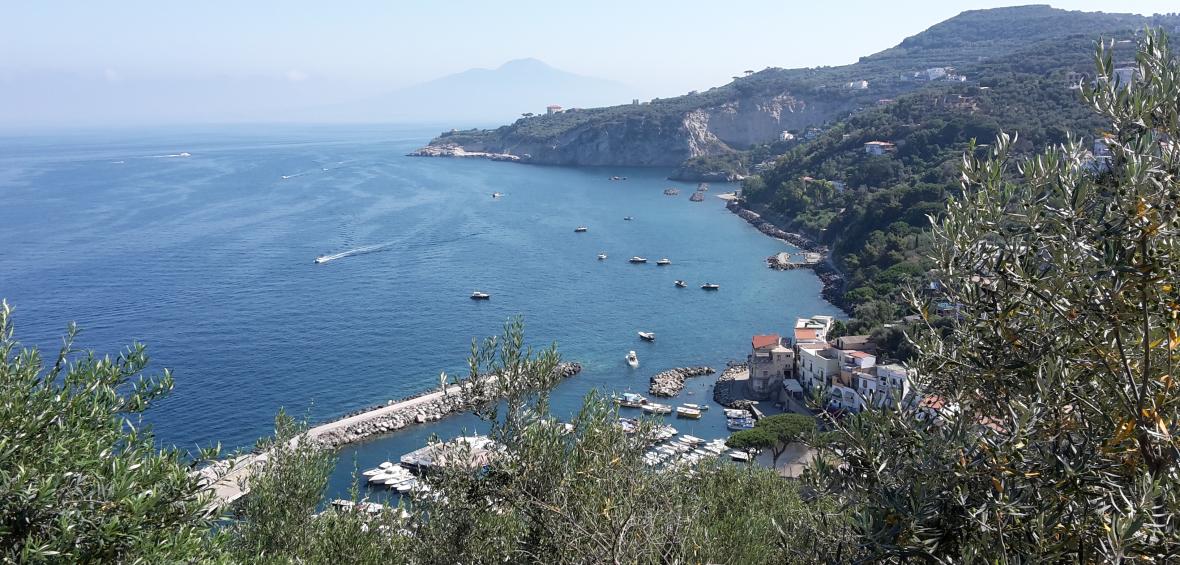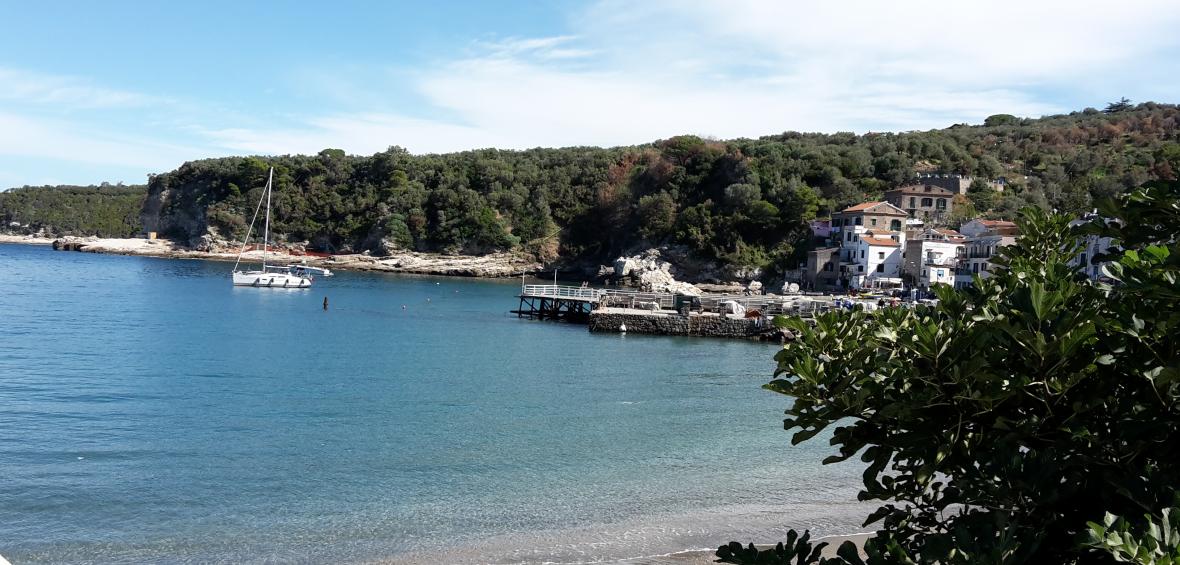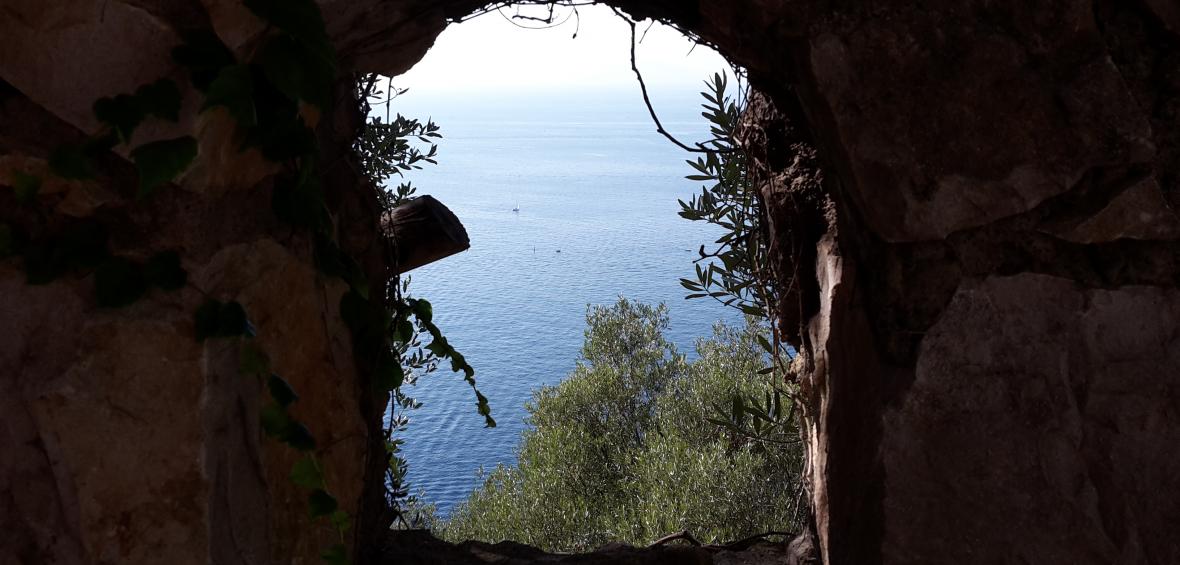- info@villakalimera.it
- +39 0818073650
TREKKING : Euro Limo Partner - van, car & limousine service
WALKS AND TREKKING
There is also alternative tourism, a way to enter the heart of a country is by meeting with local people in this way you discover the customs, habits of a people; through a small path that can only be traveled on foot or by bike, you can enjoy the tranquility that marks life in these places.
BATHS OF THE QUEEN GIOVANNA, PUOLO AND MARINA DELLA LOBRA.
Wonderful walks can be made by rediscovering our most beautiful beaches even in winter: Regina Giovanna,Puolo and Marina della Lobra. This walk is ideal for those who want to leave behind the chaotic urban center, through an undemanding path, which will take the hiker to the magnificent and impressive remains of a maritime domus, known as the "Baths of Queen Giovanna". Set on a small hill overlooking the Gulf of Naples, the majestic villa also possessed a beautiful "natural pool", it is a small basin protected by shrubs. An arched passage in the rock allows communication between this and the sea. You can continue the walk, through a wooden walkway, up to the rocks of Solara, the latter, together with the rocks of Pignatella, separate Punta del Capo from the Bay of Puolo, hosting, in the middle, the so-called beach of Monaco, reachable exclusively by sea. The bay of Puolo, former quarry for the extraction of limestone, can be easily reached by taking a path behind the hotel Dania, where you plunge into farms of farmers, and then find yourself on the main road that leads to this small inhabited by fishermen.The bay of Puolo, former quarry for the extraction of limestone, can be easily reached by taking a path behind the hotel Dania, where you plunge into farms of farmers, and then find yourself on the main road that leads to this small inhabited by fishermen.
Marina della Lobra starts from the heart of the town, Piazza Vescovado, and, crossing the characteristic and ancient lanes of our land, we reach the beach of "Fontanella", whose ancient name seems to derive from a source of fresh water.
To the left of the former cathedral of Santa Maria delle Grazie there is a small belvedere, from which you can easily prefigure the itinerary to follow and which, on clear days, allows you to admire the simple beauty of the Scoglio del Vervece.On the left of this terrace begins a flight of steps that soon leads to the first junction of the promenade.
You reach the intersection between via Canneto and via Siringano. You have to continue with the left-hand road (on the right instead you continue to San Montano) to see some really remarkable ancient gates dating back to the mid-1700s.
Going on, you take a path and the contact with nature is bursting. Walking through the olive groves you walk along a rather high wall.Always walking to the left, until the crossroads with Via Cristoforo Colombo, you will encounter a characteristic corner fountain and one of the votive shrines titled to the Madonna della Lobra.
You continue to go down and in a few minutes, you arrive in the seaside village of Marina della Lobra, the etymology of the name comes from "Delubrum", temple, with reference to the ancient cathedral located on the beach.
MONTE SAN COSTANZO AND PUNTA CAMPANELLA
We start from Piazza Santa Croce in Termini to take via Campanella; after just 100 m you find yourself at a crossroads: continue along via del Monte with a path that leads to Monte San Costanzo.
The first branch of the excursion ends with a visit to the chapel of San Costanzo, located right on the minor peak of the mountain (485 m). From the top of the mountain you can see all the landscape that includes the gulf of Naples and Salerno, the islets of the Gauls. You cross the saddle passing through the pine forest. At this point, on the left, the Bay of Jeranto will appear. The hypotheses are two: the first wants the toponym derives from Jeros (sacred place), the second instead by Jerax (raptor). We are at this point in an extremely wild and suggestive scenery, a mountain burned by the sun and the sea, here it seems that time has stopped.After about 40 minutes of walking, the Promontorium Minervae will begin to peep out. The second part of the excursion ends on the hill that houses the tower of Punta Campanella (XIV century), a place where in antiquity stood the temple of Athena - Minerva. The Promontory Athenaeum, as the Greeks called it, has hosted over the centuries, for reasons of worship or military, temples and trading stations, defensive works and patrician villas. Today, however, little remains of those works.
It takes about an hour to return to the Piazza di Santa Croce. This is the most relaxing moment of the entire walk, the ideal opportunity to contemplate the scenario that once was the reign of the mythical Sirens and the navigation of Ulysses.
Finally there are the world famous trails:
PATH OF THE GODS
One of the mule tracks, which connects Agerola with Positano (which can continue to Santa Maria del Castello, a hamlet of Vico Equense), ancient links for the transit of men, animals and merchandise. Take the bus to Amalfi via Positano + Amalfi-Agerola bus (3 hours).
The trail ends in Nocelle, in the upper part of Positano. You can reach the center via 1500 steps and about 500 meters on foot. Alternatively there is a bus service. From Positano there are buses and ferries to return to Sorrento and Amalfi.
From Colle Serra you take a first downhill stretch until you reach a fountain: on the left you will find the mule track that goes up from Praiano, while on the right you continue along the Sentiero degli Dei.Below you will notice the Convent of San Domenico, which instead is on the road when you climb from Praiano.
From a vegetation made of few shrubs and grass, where sheep and goats often meet in the pasture, we pass to the Mediterranean scrub of holm oaks, strawberry trees, heather and rosemary.
Before taking the path we suggest you stop in a delicatessen in the country to buy focaccia and fior di latte (typical fresh mozzarella of Agerola): you can stop along the way for a small picnic worthy of the gods!
If you prefer a more substantial lunch you can stop at various restaurants, including the TAGLIATA, from which you can continue to enjoy the wonderful panorama.
LA VALLE DELLE FERRIERE
The Vallone delle Ferriere is a path that from the Lattari Mountains descends towards Amalfi through woods of ferns and along streams. The name derives from the presence of medieval ironworks ruins.
The area is also known as Vallone dei Mulini due to the presence in the final part of the path of water-powered mills.The starting point is the village of Pontone, a hamlet of Scala. To reach it you can take one of the Sita buses that connect Amalfi to Ravello and Scala. Not all buses divert to Pontone: in this case you can in any case reach Pontone on foot starting from Ravello or Scala through easy roads.
Right at the beginning of the path, after passing an arch, on the left you will come across an original nativity scene made up of home furnishings.
After a climb between lemons and vineyards, and after passing an aqueduct, you will reach the first ironworks and the Torrente Canneto. Continuing on the path n. 25, after 45 minutes you will arrive at the center of Amalfi.
We advise you to visit the Carta museum that you will find as soon as you reach the first houses.
Book your apartment and you also request extra services
Fill out the form to book a fabulous vacation at our facility or to request any information.









